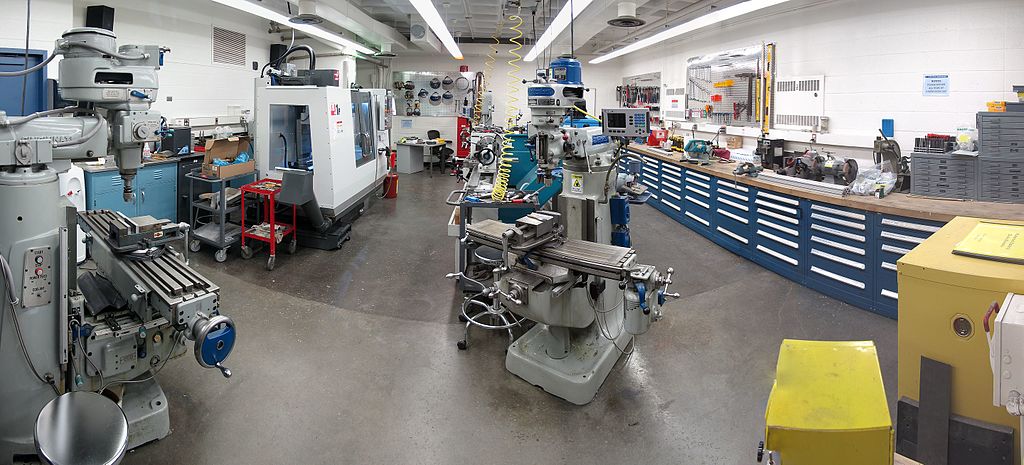22 Mar Aerial Work Platforms
Aerial Work Platforms Aerial Work Platforms include manlifts and scissor lifts. These are two pieces of equipment that many workers can't imagine working without. This equipment, if used correctly, provides quick and safe access to work areas that at one time could only be reached from scaffolding or a crane's manbasket. These lifts, collectively called Aerial Work Platforms, are important tools. But as with any tool, there are right and wrong ways to use them safely. The most important tip to remember before operating any aerial lift platform, is always read and follow the manufacturer's safety and operation manual! This information must...











